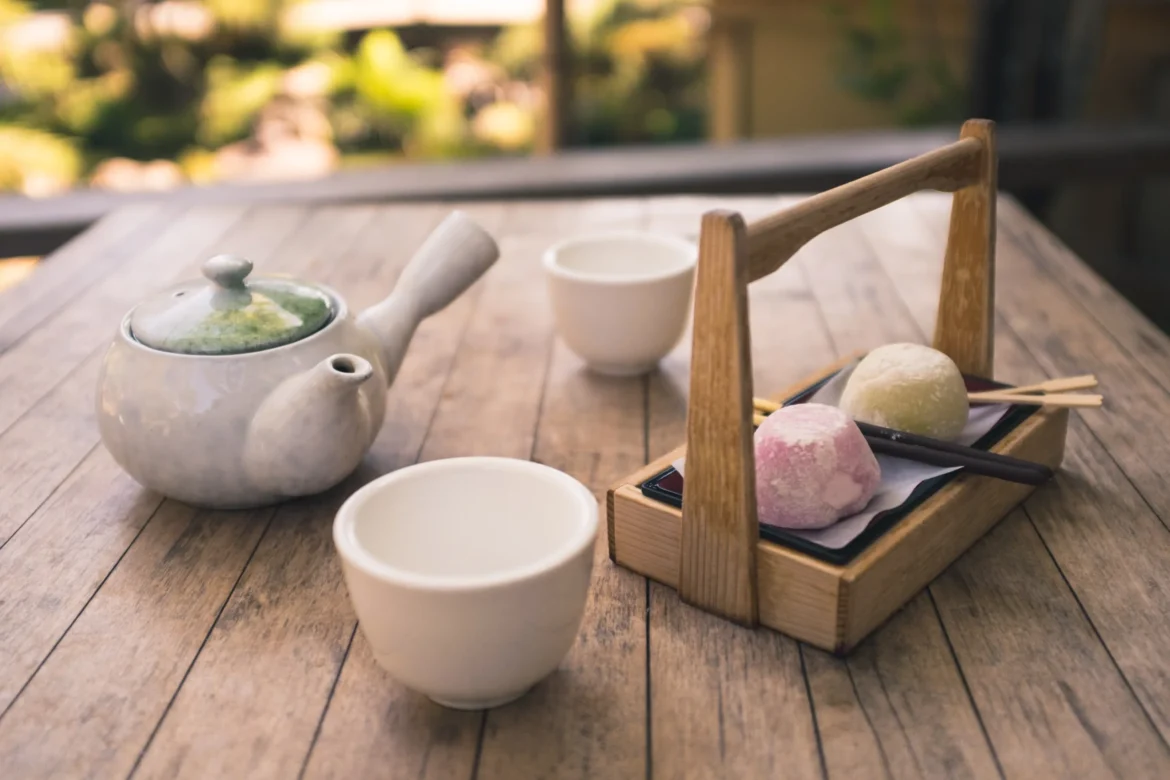Are you ready to learn about a type of tea that can not only satisfy your taste buds but also help improve your health and well-being? We’re talking about Japanese tea!
For centuries, Japanese tea has been revered not only for its unique flavor profiles but also for its numerous health benefits. From matcha to sencha, hojicha to genmaicha, Japanese tea comes in many different varieties, each with its own distinct taste and health properties.
In this article, we’re going to explore how tea can help you achieve a long and healthy life. Our aim is to provide you with an in-depth understanding of the different types of tea and their health benefits, as well as tips on where to find tea in Japan and how to make it at home.
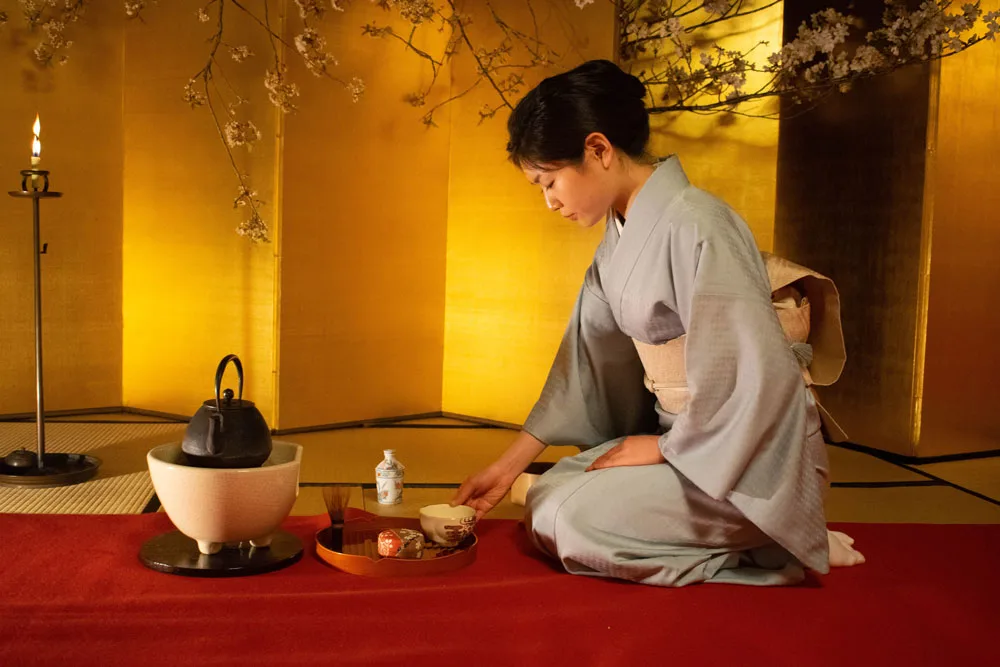
The History of Japanese Tea
Tea has been an important part of Japanese culture for centuries. It is believed that tea was first introduced to Japan in the 9th century by Buddhist monks who had traveled to China. From there, tea drinking spread to the upper classes and eventually became a widespread practice throughout the country. Today, tea is a central part of Japanese culture, with tea ceremonies and tea-related rituals still playing an important role in Japanese society.
Different Types of Japanese Tea: Matcha, Sencha, Hojicha, and Genmaicha
Japanese tea comes in many different varieties, each with its own unique flavor and health benefits. Here are some of the most popular types of Japanese tea:
Matcha: Matcha is a fine green tea powder from shade-grown tea leaves. It is famous for its bright green color and its slightly bitter taste. Matcha is the most famous type of Japanese tea and is common in tea ceremonies.
Sencha: Sencha is a type of green tea that is made from the first flush of tea leaves. It has a light, refreshing taste and is the most popular type of Japanese tea.
Hojicha: Hojicha is a roasted green tea that has a nutty, caramel-like flavor. It is made by roasting sencha or bancha tea leaves over charcoal.
Genmaicha: Genmaicha is a type of green tea that is blended with roasted brown rice. It has a nutty, toasty flavor and is often enjoyed as a comforting and warming drink.
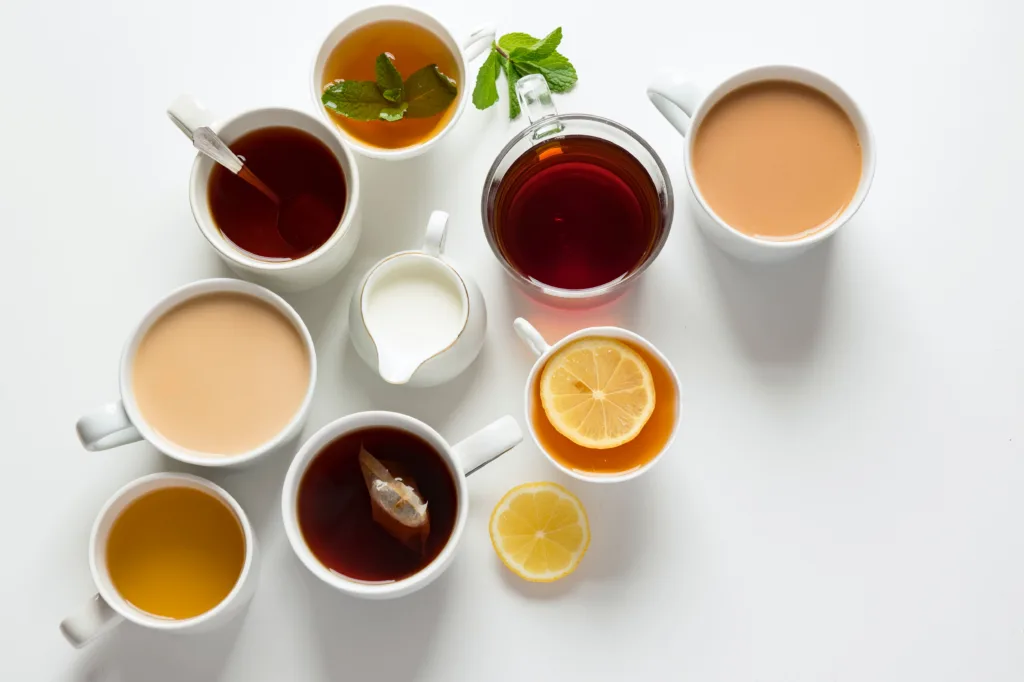
The Health Benefits of Japanese Tea
Japanese tea is not only a delicious beverage, but it also offers a range of health benefits. Some of the most notable benefits of Japanese tea include its high antioxidant content, stress reduction properties, and its ability to improve brain function.
Each type of Japanese tea has its own unique health benefits. Here’s a closer look at how each type of tea can help improve your health:
Matcha: Matcha is packed with antioxidants, which can help protect your body. In addition, matcha contains caffeine and L-theanine, two compounds that work together to improve brain function and reduce stress.
Sencha: Sencha is rich in polyphenols, which are antioxidants that can help reduce the risk of chronic diseases such as cancer and heart disease. It also contains theanine, which can help reduce stress and improve mood.
Hojicha: Hojicha is lower in caffeine than other types of Japanese tea, making it a good option for those who are sensitive to caffeine. It also contains antioxidants and has anti-inflammatory properties.
Genmaicha: Genmaicha is high in antioxidants and also contains compounds that can help improve brain function. The roasted brown rice in genmaicha also adds a unique flavor and aroma to the tea.
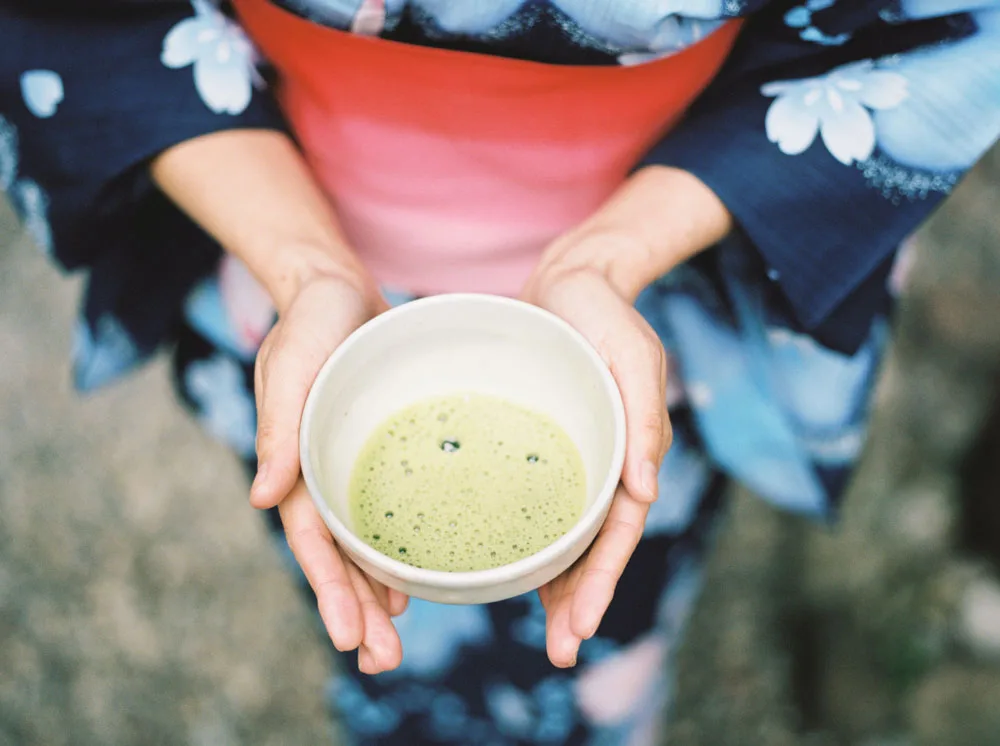
Where to Find Japanese Tea in Japan
If you’re planning a trip to Japan and want to try some authentic Japanese tea, you’re in luck. Japanese tea is widely available throughout the country, from specialty tea shops to convenience stores.
One of the best places to find Japanese tea is in Kyoto, a city famous for its tea culture. You can visit tea houses and participate in tea ceremonies to learn more about the history and culture of Japanese tea. In addition, Kyoto is home to many tea shops that offer a wide variety of teas to suit all tastes and preferences.
If you’re looking for a more immersive tea experience, you can also visit one of Japan’s many tea farms. These farms are located throughout the country and offer guided tours where you can learn about the tea-making process and sample some of the freshest and highest quality Japanese tea.
Finally, if you’re short on time or want to bring some Japanese tea home as a souvenir, you can find a wide variety of teas at convenience stores and supermarkets throughout Japan. Look for popular brands such as Ito En and Suntory, or try some of the locally produced teas for a unique flavor experience.
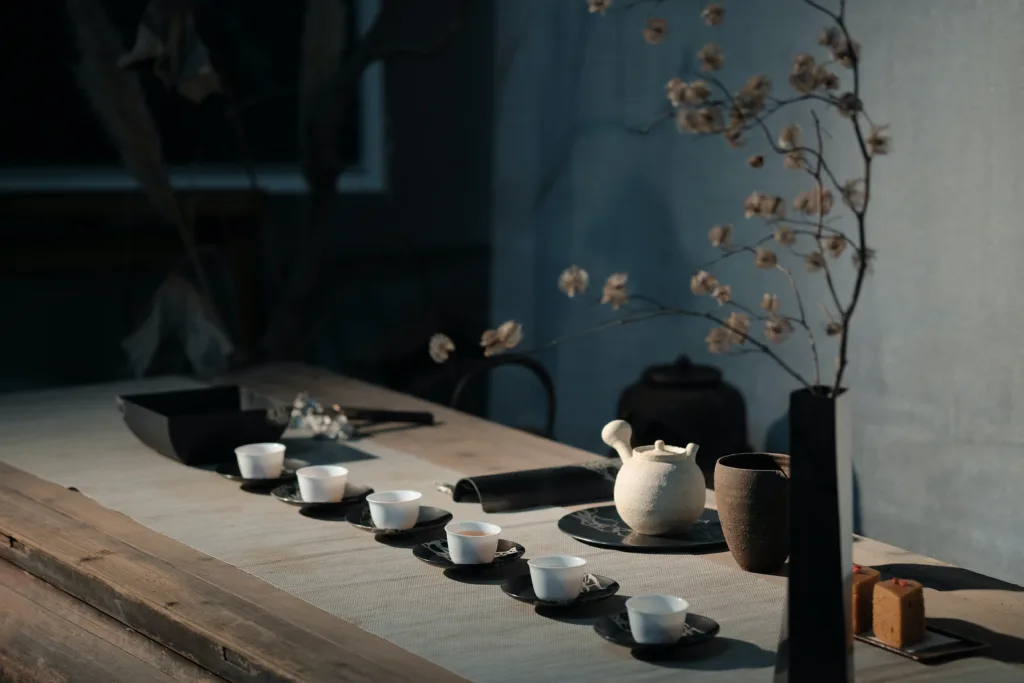
The Different Regions in Japan that Are Famous for Producing Tea
- Shizuoka: Located on the east coast of Japan, Shizuoka is the largest tea-producing region in Japan. The region is popular for its high-quality sencha and matcha teas, which have bold flavors and bright green colors.
- Uji: Uji is a small city located in Kyoto Prefecture and is one of the most famous tea-producing regions in Japan. Uji is popular for its high-quality matcha, which is popular for its rich flavor and deep green color.
- Kagoshima. On the southern tip of Kyushu Island, Kagoshima is famous for its high-quality sencha and gyokuro teas. The region’s warm climate and fertile soil make it an ideal location for tea production.
- Sayama: Just outside of Tokyo, Sayama is famous for its high-quality green tea. The region’s tea fields are located on the slopes of Mount Fuji, which provides a unique terroir that gives the tea its distinctive flavor.
- Miyazaki: On the eastern coast of Kyushu Island, Miyazaki is famous for its high-quality black tea. The region’s unique climate and soil conditions make it an ideal location for growing tea leaves for the region’s famous black tea.
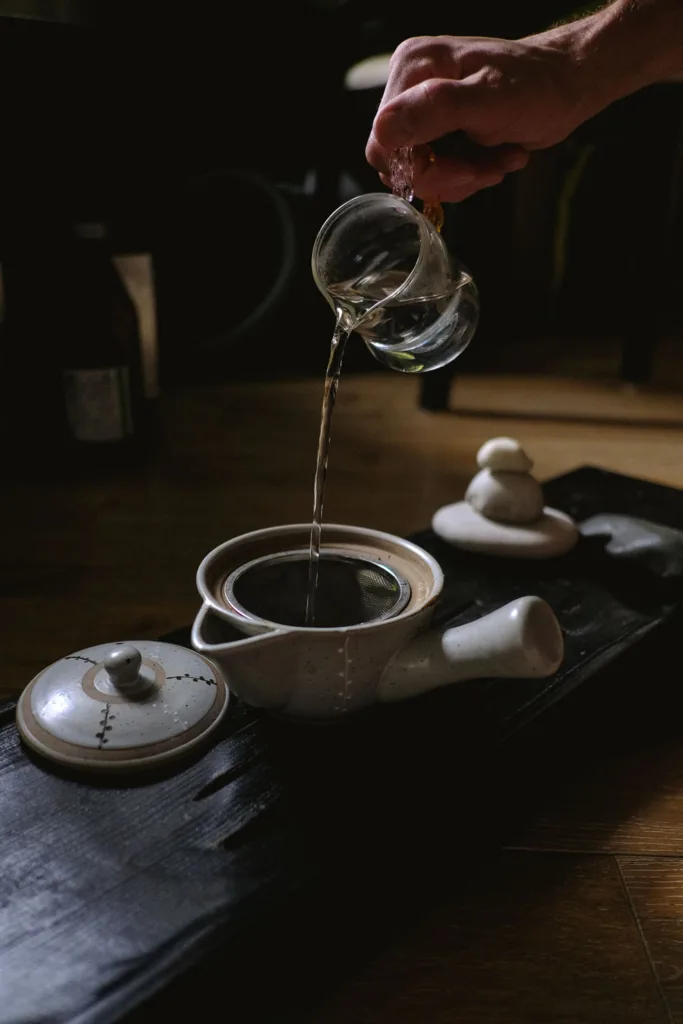
Tea culture in Japan
Tea culture has a long and rich history in Japan, dating back to the 8th century when tea was first introduced to the country from China. Today, tea plays an important role in Japanese culture, with many traditions and ceremonies centered around the preparation and consumption of tea.
One of the most well-known traditions is the Japanese tea ceremony, or “chanoyu”. This ceremony is a formal and elaborate ritual that involves the preparation and serving of matcha, a type of powdered green tea. The ceremony has roots in tradition and is a meditative and spiritual experience.
Another tradition is the “senchadō” or “the way of sencha”. This is a more informal tea ceremony that involves the preparation and serving of sencha, a type of Japanese green tea.
Aside from tea ceremonies, there are also other tea traditions in Japan, such as the “hanami”, or cherry blossom viewing, where people gather under the cherry blossom trees to drink tea and celebrate the arrival of spring. There is also the “tsukimi”, or moon-viewing, where people gather to drink tea and appreciate the beauty of the full moon.
Tea Shops, Cafes, and Other Places to Find Tea in Japan
If you’re a tea lover visiting Japan, you’ll love to know that there are many places to find high-quality Japanese tea. From traditional tea shops to modern cafes, here are some recommendations on where to find the best Japanese tea in Japan.
- Ippodo Tea Co.: Founded in Kyoto in 1717, Ippodo Tea Co. is one of the oldest and most prestigious tea shops in Japan. They specialize in high-quality matcha, sencha, and other types of Japanese tea, and their teas cyou can find in specialty shops and cafes throughout Japan.
- Tsujiri: With locations throughout Japan and in several other countries, Tsujiri is a popular chain of tea shops that specialize in matcha and other types of Japanese tea. They offer a wide variety of teas, as well as traditional Japanese sweets and other snacks.
- Aoyama Flower Market Tea House: This unique cafe in Tokyo combines the beauty of flowers with the elegance of Japanese tea. The menu features a variety of teas, including sencha, hojicha, and genmaicha, as well as light meals and desserts.
- Nakamura Tokichi Honten: Located in the historic city of Kanazawa, Nakamura Tokichi Honten is a tea shop that specializes in high-quality green tea. They offer a wide variety of teas, as well as traditional Japanese sweets and other snacks.
- Marumo Takagi: This cozy tea shop in Kyoto is famous for its high-quality sencha and matcha teas, as well as its tranquil atmosphere. Visitors can enjoy a cup of tea while admiring the shop’s traditional Japanese decor.
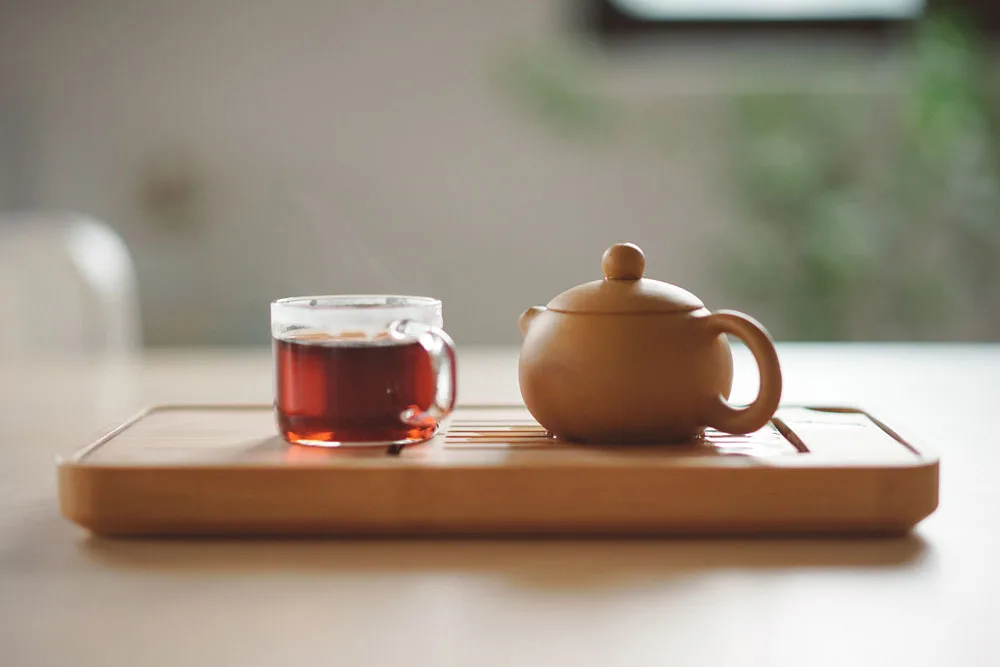
How to make Japanese Tea
- Matcha: To make matcha, start by sifting the matcha powder into a bowl to break up any clumps. Add hot water and whisk the tea in a zig-zag motion using a chasen until it becomes frothy. The water should be around 175°F to prevent the tea from becoming bitter. For the best flavor, use high-quality ceremonial-grade matcha.
- Sencha: To make sencha, fill the teapot with hot water and let it sit for a minute to warm the pot. Discard the water, add the tea leaves to the pot, and pour hot water over them. Steep for around 1-2 minutes, depending on the type of sencha, then pour into teacups. For a more traditional experience, use a kyusu, a small teapot with a side handle.
- Hojicha: To make hojicha, place the tea leaves in a teapot and pour hot water over them. Steep for around 30-60 seconds, then pour into teacups. Hojicha is best with water that is around 212°F and roasted at a high temperature to bring out its nutty, toasty flavor.
- Genmaicha: To make genmaicha, start by toasting the brown rice in a pan until it becomes golden brown. Add the rice and tea leaves to a teapot and pour hot water over them. Steep for around 1-2 minutes, then pour into teacups. For the best flavor, use high-quality sencha and roasted brown rice.
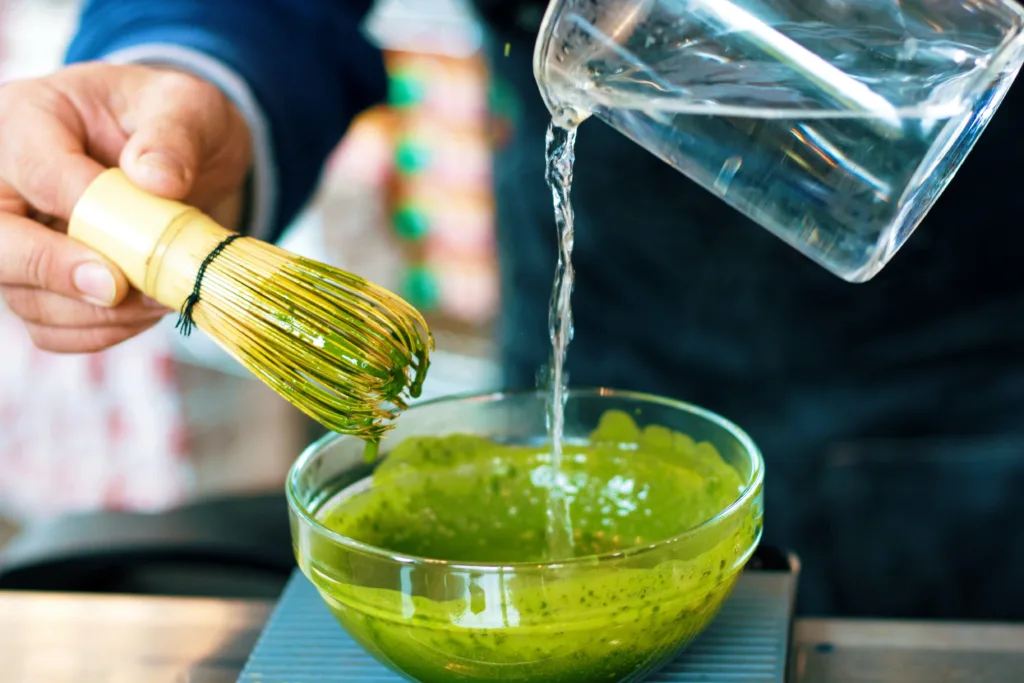
Tools for making Japanese Tea
Making Japanese tea requires a few specific tools to ensure the best taste and experience. Here’s a rundown of the essential tools needed:
- Teapot: A teapot specifically designed for Japanese tea is essential for brewing the perfect cup. These teapots are typical of clay or ceramic and have a mesh or fine strainer inside to prevent leaves from getting into the cup.
- Teacup: Japanese tea is traditionally in small ceramic cups, which help retain the heat and aroma of the tea.
- Chasen: A chasen is a bamboo whisk you use to froth matcha. It’s essential for achieving the creamy texture that matcha is famous for.
- Chawan: A chawan is a ceramic bowl people are using for preparing and drinking matcha. Its wide shape and shallow depth allow for easy whisking of the tea.
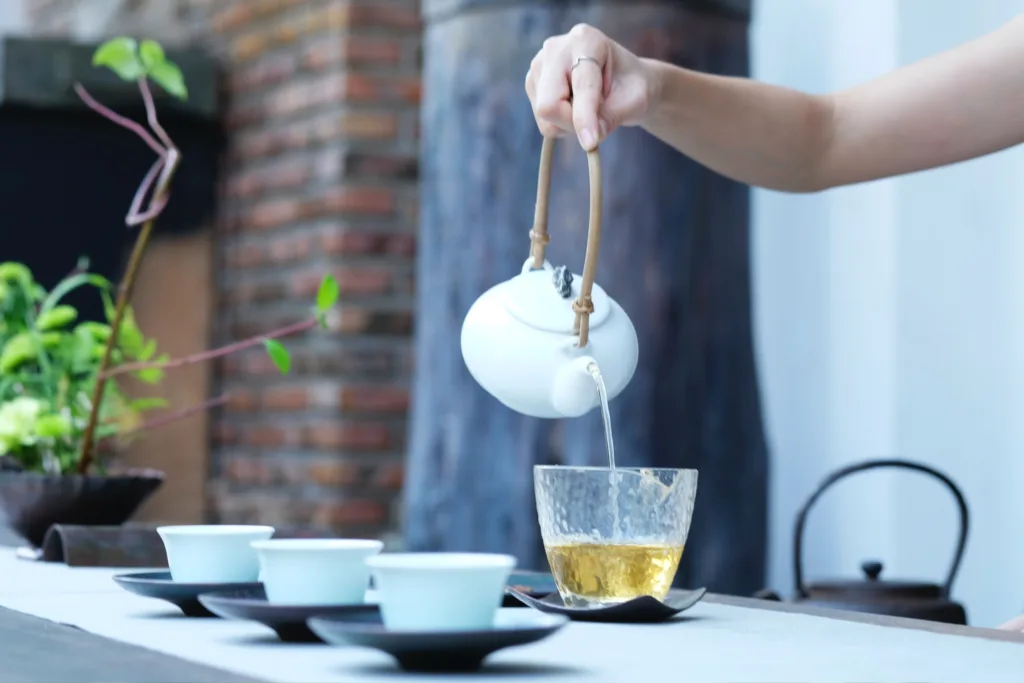
How to incorporate Japanese tea into your daily routine
Japanese tea is not only delicious but also has numerous health benefits. So, if you’re looking for ways to incorporate it into your daily routine, here are some ideas:
- Start your day with a cup of green tea: Swap your morning coffee for a cup of green tea. It contains caffeine, which can give you a gentle energy boost without the jitters that coffee can sometimes cause.
- Have a mid-afternoon break with matcha: Matcha is a great pick-me-up in the afternoon. Its high concentration of amino acids, including L-theanine, can help reduce stress and improve focus.
- Wind down in the evening with hojicha: Hojicha is a roasted green tea that has a nutty, toasty flavor and less caffeine than other green teas. It’s perfect for relaxing in the evening and can help you unwind before bed.
- Experiment with iced tea: Japanese teas also make a great iced beverage, especially in the warmer months. Try making a batch of iced sencha or genmaicha for a refreshing and healthy drink.
- Use tea in cooking and baking: Japanese tea you can use in various recipes, including savory dishes and desserts. Try adding matcha to smoothies or using sencha to flavor rice dishes.
Hot Items for making Japanese tea at home:
- Kyusu teapot: A kyusu is a traditional Japanese teapot that is specifically for brewing Japanese green tea. The kyusu is typically from clay or ceramic and has a built-in strainer to help filter out tea leaves.
- Chawan tea bowl: The chawan is a traditional Japanese tea bowl that is used for preparing and drinking matcha tea. The bowl is typically from ceramic and has a wide, flat base that makes it easy to whisk the matcha powder.
- Chasen bamboo whisk: The chasen is a bamboo whisk that is used to mix matcha powder and hot water together to create a frothy, creamy texture. The whisk is typically from bamboo and has thin, delicate tines.
- Matcha sifter: A matcha sifter is a small sieve that is used to sift matcha powder to remove any clumps or impurities. This helps to ensure that the matcha is smooth and evenly mixed with water.
- Tea scoop: A tea scoop, also known as a chashaku, is a small bamboo spoon that is used to measure out the perfect amount of matcha powder for each cup of tea.
- Tea tray: A tea tray is used to hold all the tea utensils, tea leaves, and other items used during the tea-making process. It helps to keep everything organized and tidy.
- Tea storage container: It’s important to store Japanese tea properly to maintain its freshness and flavor. Airtight tea canisters made of ceramic or glass are ideal for storing tea.
Favorite Essentials for Tea Ceremony at Home
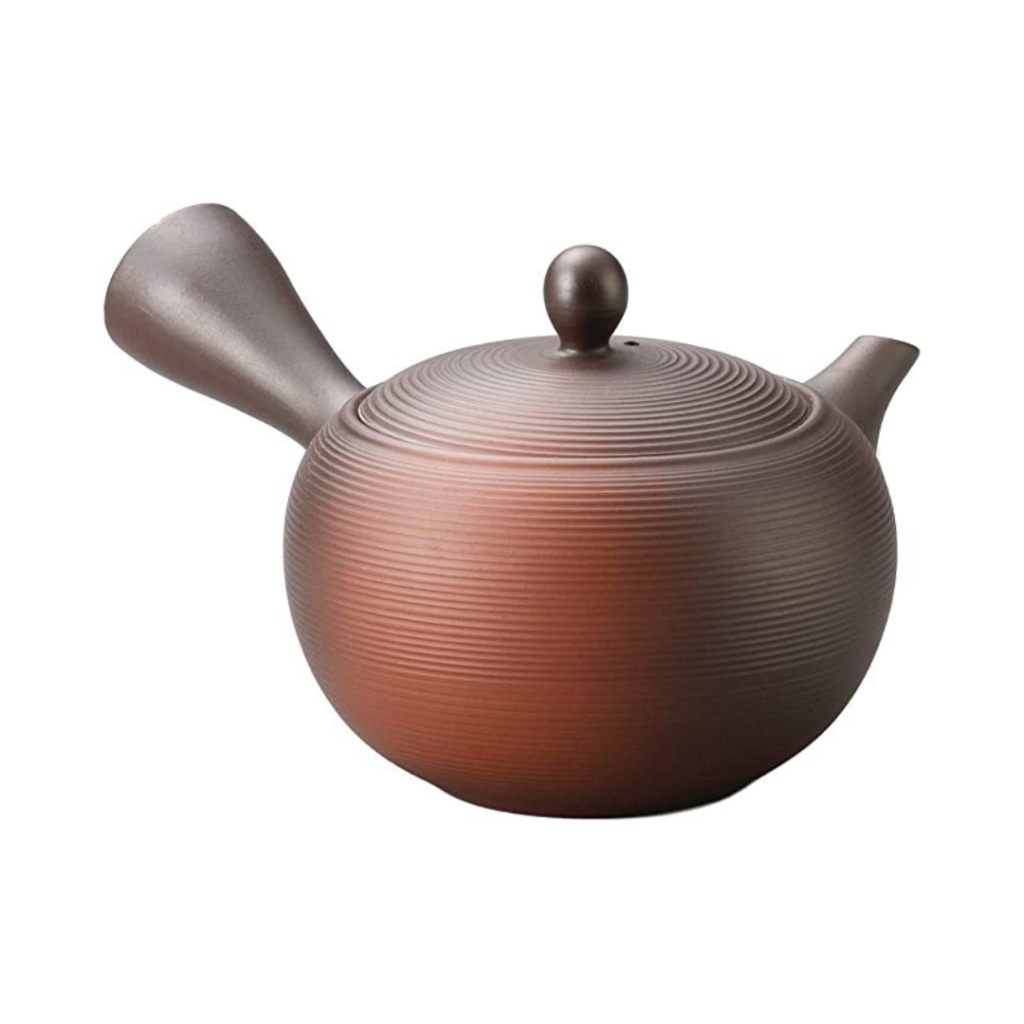
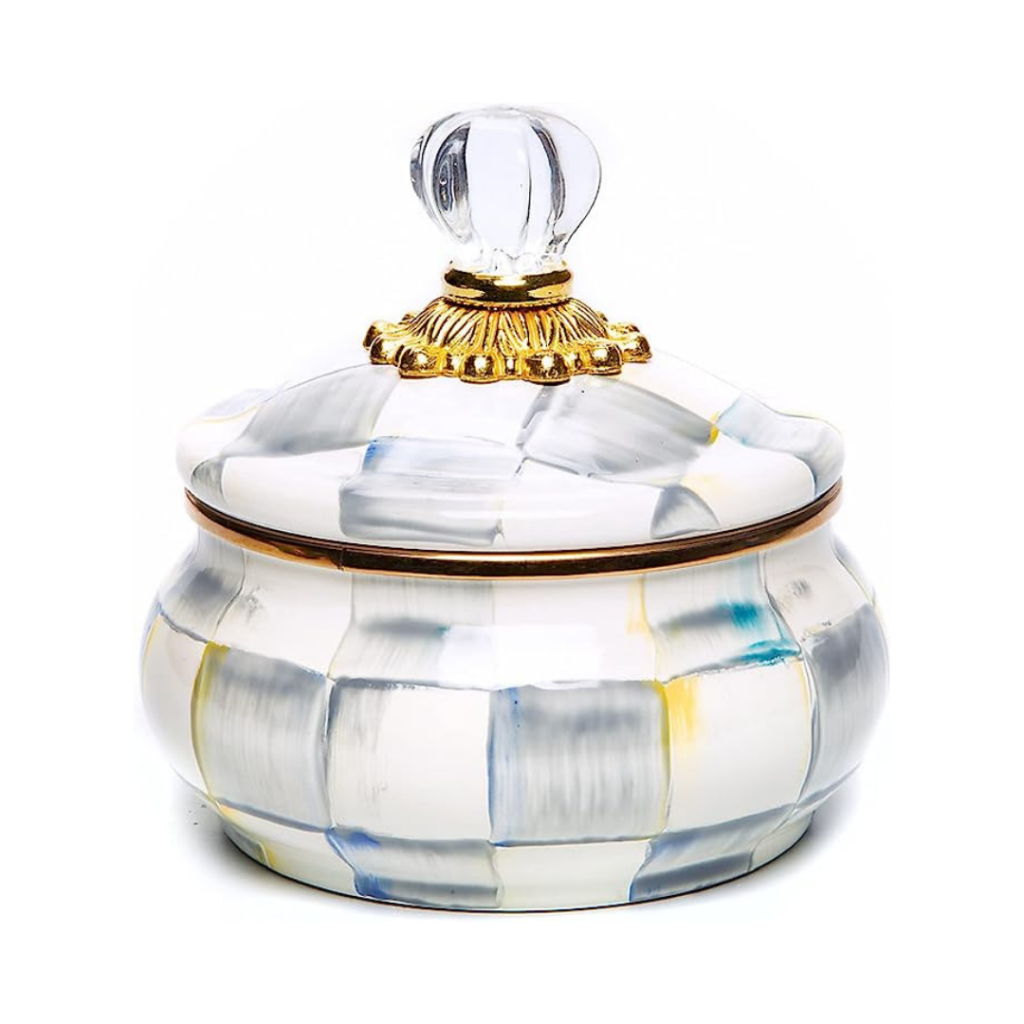
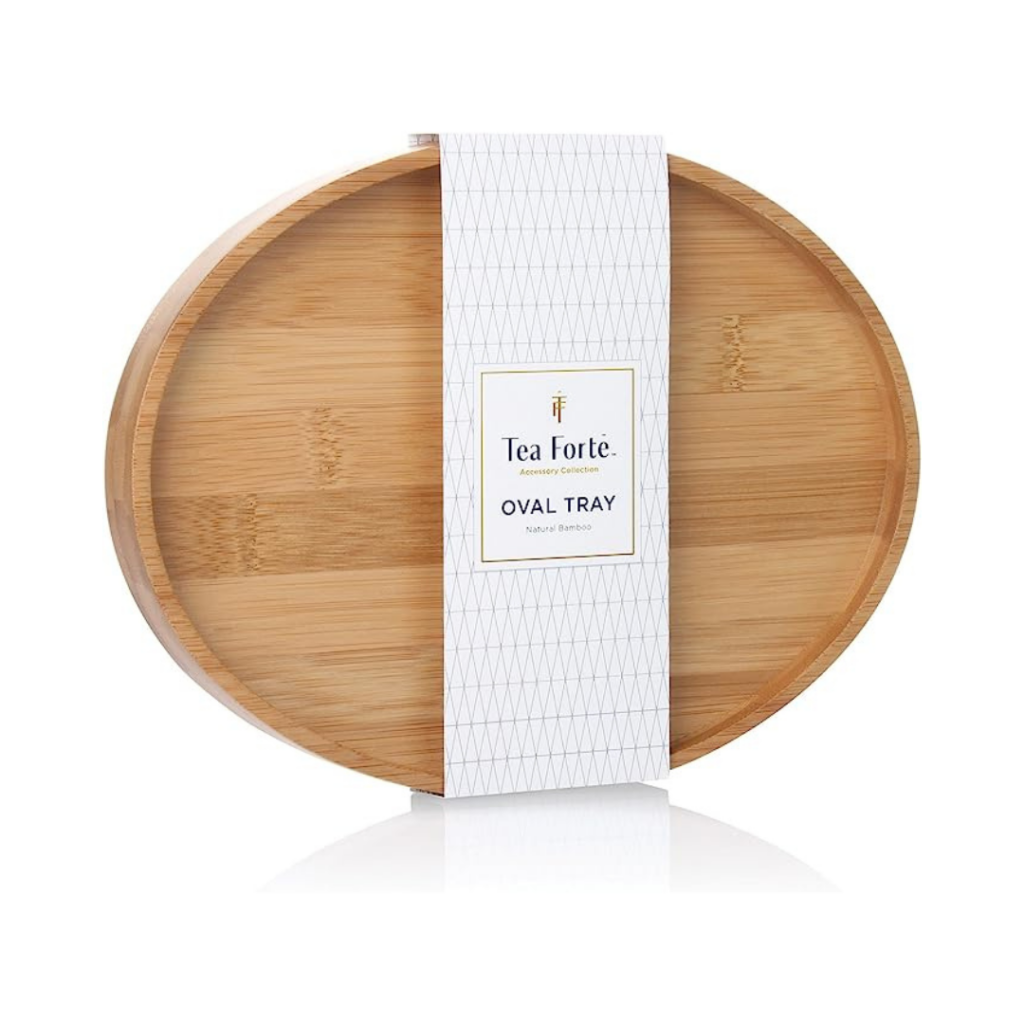
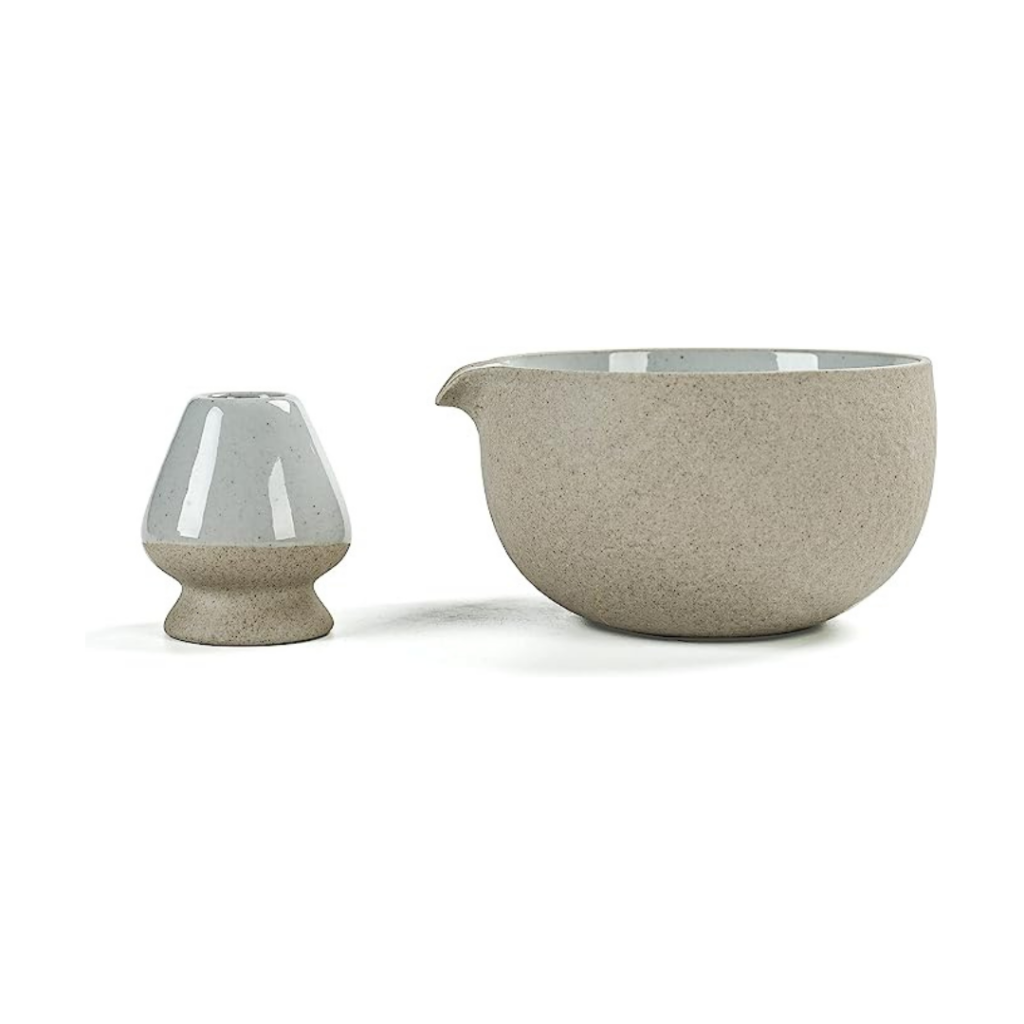
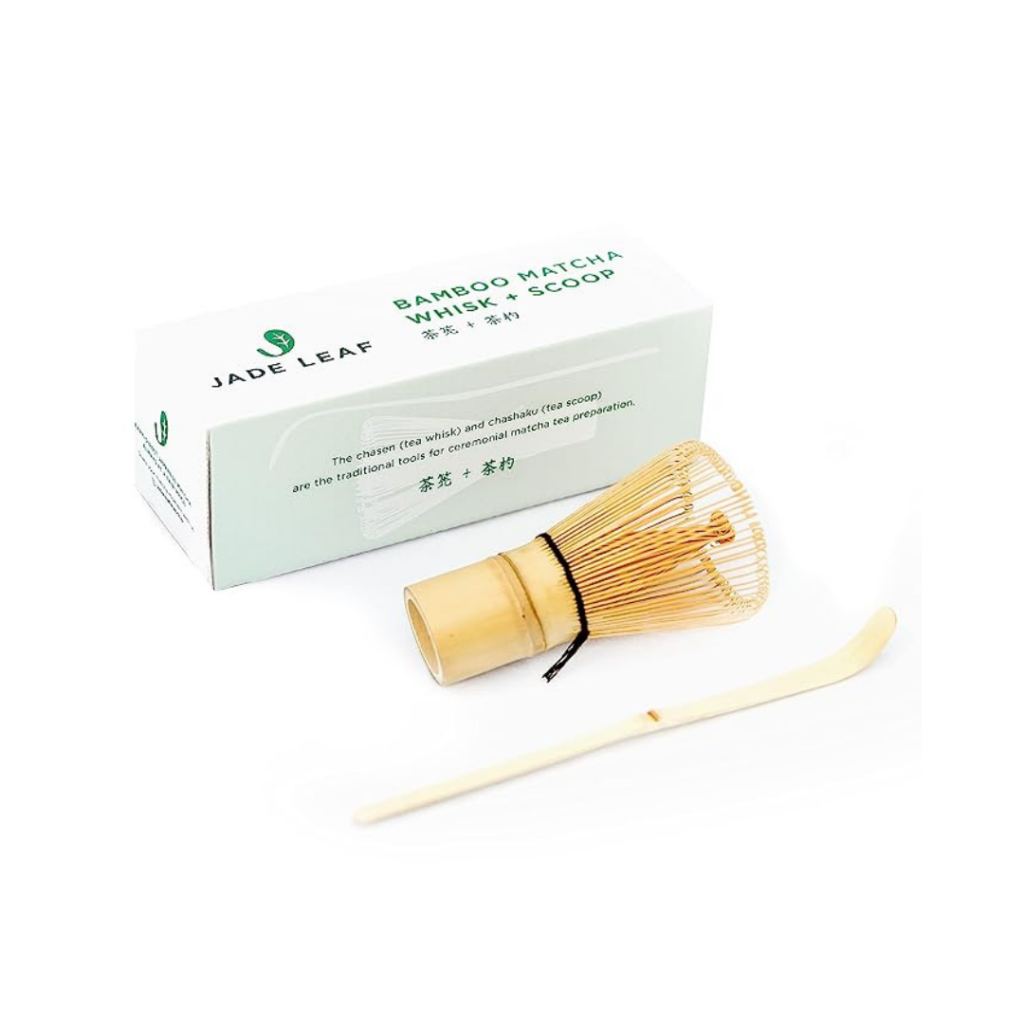
Experience the benefits of Japanese tea and boost your health with every sip – start your journey today!
Japanese tea is a flavorful and healthy beverage that people for centuries. With its numerous health benefits, incorporating Japanese tea into your daily routine can be a simple yet effective way to improve your overall well-being. Whether you’re in Japan or not, there are plenty of ways to find and enjoy Japanese tea. So, why not give it a try for yourself and experience the unique taste and health benefits that Japanese tea has to offer?
